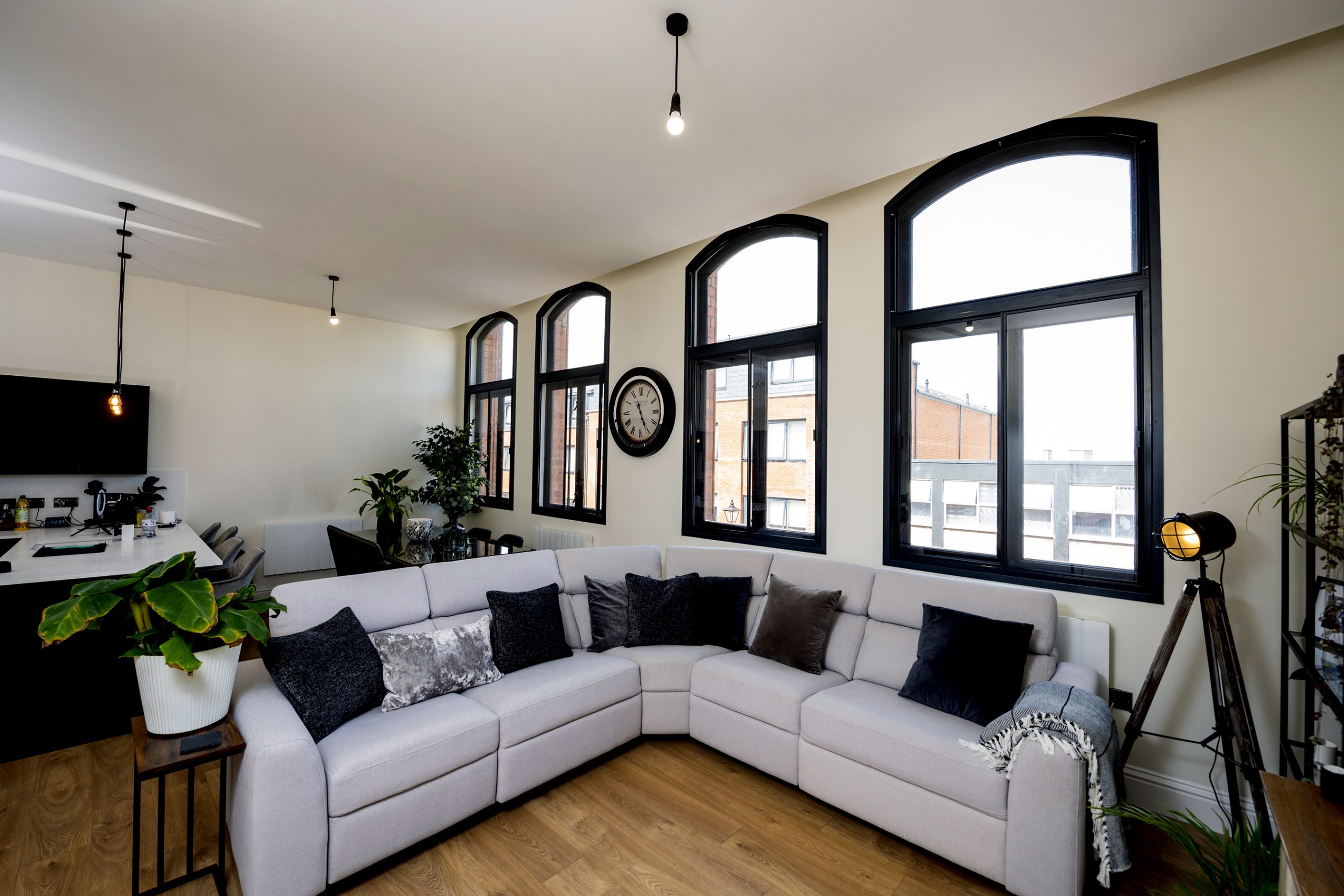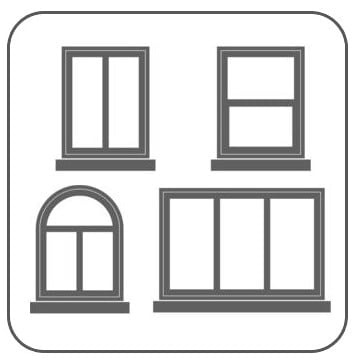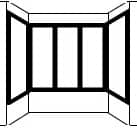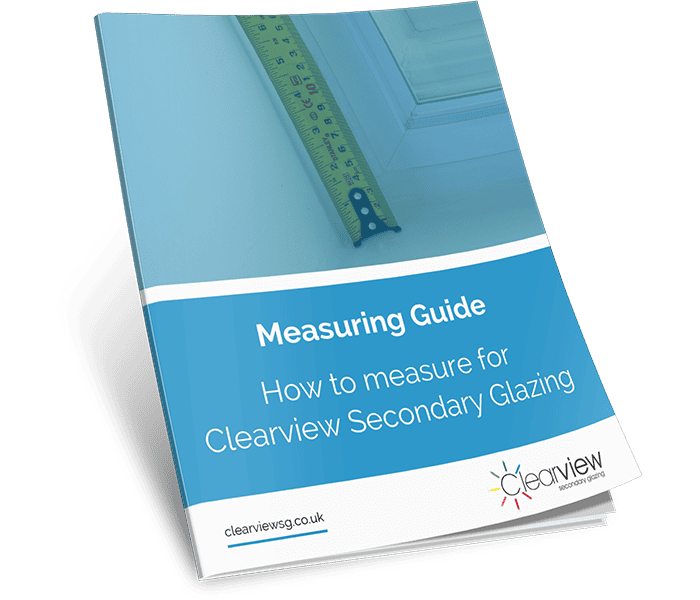
Which of these best describes your circumstances?
Are you looking for after-sales support? Click here »
Checkout our comprehensive start to finish guides
What would you like help with today?
FastQuote Instant Online Quotations

How To Use FastQuote Explainer Video

Retrieve My Quote Reference Number Required

Find Your Window Type
Frequently Asked Questions
Soundproofing Performance
Thermal Performance
Glass Options

Edging Trim & Gaskets
Tolerance Deductions
Face & Reveal Fixing
Videos
Colour Options

Build a Bay Guide

Lead-Times

Delivery Charges
Installation Service
Blinds
Your Order
Fixing Kits
Installation Guide
Operation & Maintenance
Returns & Rectifications

Problem with my Order
General Terms & Conditions
Secondary Glazing FAQ's
How do I measure my windows?
The Measuring Process is easier than you may think, whilst very important it does not require pinpoint accuracy as not all windows fit standard shapes.
The idea is to ensure when fitting into a reveal or within a frame boarder, the unit is slightly smaller than the tightest narrowest points. this ensures the unit will fit and gives some room for adjustment, we recommend a 10 mm tolerance deduction to the total measured width and height, this is the build size of the frame and the sizes used to get a quote. Gaps and distortions around the frame are all hidden and sealed by the Edging Trim.
See The Measuring Guidance for more information and additional links below:
- Comprehensive Measuring Download
- Window Pane Measuring Template
- Panel Split Template
- Quick Guide Instructions
If you are surface mounting around a window reveal to the internal wall sash windows l or around a glass panel (face fixing) – you will need to ensure the frame is wider than the recess to get a fixing into the frame/face of the area being treated, this would be adding the width of the frame on each of the four sides of the window – unit frame size details can be accessed in the Product Brochures.
How do I install the aluminium secondary glazing units?
Most of our business is to the DIY market, Units are supplied fully assembled, predrilled and glazed, easy installation ready.
If you follow the simple step by step Measuring Guide, the units will easily lift into position, with a few adjustments to get level, all of which is fully explained in the Installation Guide, the units can be fixed in place and the supplied finishing trim applied to cover, seal and hide any gaps and inaccuracies between the wall and frame.
If you haven’t got a contact you can rely on we can suggest using the Which Trusted Trader search service, just enter your postcode and search for Carpenter /Joiners, you should get a list of qualified and verified tradesmen in your area and whilst we can’t offer Personal recommendations, they will be more than capable of carrying out the work.
Do you offer different sorts of glass?
Yes, we can provide most glass types, based on the specific needs of your project. The thickness of standard glass is 4 mm toughened, This safety glass is a minimum requirement where building regulations demand health and safety considerations, including the distance from floor and doors. All our glass options conform to BS6206: 1981 / BS EN 12600 for impact resistance. We do not offer float (non-safety glass). Subject to panel size this may default to a thickness of 6 mm toughened. Laminated, Acoustic, Thermal Low-E, and Obscure glass options can be accommodated. The standard for Sliding, Lift-Out, Hinged & Insert panels are single glazed.
This ensures the frame profiles are manageable size to operate as an unobtrusive secondary window, creating a double-glazed arrangement with the primary window. This offers significantly higher soundproofing performance than double glazing (which is a poor acoustic barrier) thermally it will offer equivalent thermal performance to many double-glazed products – see the performance data in the Help Centre
- The Vision range can accommodate a thickness of up to a 6.8 mm glass.
- The Vision Ultra Panel fits the standard frame options but can accommodate between an 8.8 mm to a 10.8 mm glass.
- The Vision HD Hinged System can accommodate up to a 28 mm Sealed double glazed unit.
See our Full Glass Ranges options
What is Low-E Glass?
Low-emissivity glass (or low-e glass as it is commonly referred to) is a type of energy-efficient glass designed to prevent heat escaping through your windows to the cold outdoors. Low-e glass such as Pilkington K Glass™ Range has an invisible coating which reduces heat transfer and reflects interior heat back into your room. This can offer a 5-10% increase to the thermal insulation performance of a non-coated glass.
With secondary glazing it is a hard coat application, it has a robust quality, but can be scratched if abrasive materials are used to clean the glass, see maintenance.
What is Laminated Glass & Acoustic Laminate Glass.
Both are basically the same structure, with 2-layers of glass sandwiching a polymer sheet, the plastic film is usually 0.4 mm or 0.8 mm thick, so a 6.4 mm laminate is 2 layers of 3 mm glass either side of a 0.4 mm film, an 8.8 mm laminate is 2-layers of 4 mm glass either side of an 0.8 mm film.
With a standard laminate, the plastic layer will increase impact resistance and a high performing safety / security option. With the Acoustic Options, it is exactly the same make-up, but the polymer liner is a material called Polyvinyl butyral (PVB) which enhances the ability to absorb and dissipate the sound energy within the glass structure more effectively. Obscure glass options are available but priced on application.
Obscure glass options are available but priced on application.
How much noise will it cut out?
It is difficult to give exact details, as every property and everybody can be affected differently by noise pollution, however the science confirms, Clearview Secondary Glazing can reduce noise by as much as 80% or by over 50 decibels, (a reduction of 3dB is equivalent to halving the noise energy) this is 5 times greater than either double or triple glazing. This is subject to final specification and installation limitations, these details can be clarified during a consultation with one of our advisors. But the number one target is to try and put as much space between the existing glass and new secondary glazing kit, The bigger the air-gap, the better the performance. If the space allows, try and get 100 mm + to an optimum 150 mm to 200 mm. where space is limited a thicker glass will help. We always recommend starting with a 6 mm glass for soundproofing.
Soundproofing for comprehensive information
How much warmer will it make my property?
We have test certification which confirms that Clearview Secondary Glazing can enhance the thermal insulation of a single glazed window by as much as 65% or a U-Value of 1.868 W/m2K (a U-Value is the formula for measuring heat loss the bigger the number the more inefficient the window is, a standard single glazed window has a recognised U-Value of approx. 5.8 W/m2K). This performance is better than a Class C, with some products this performance can be as much as A+. English Heritage and Historic Scotland carried out research through Glasgow University which showed secondary glazing out performed double-glazed replacement windows. This is subject to final specification and installation limitations these, details can be clarified during a consultation with one of our advisers. See our Thermal Insulation pages.
How much does secondary glazing cost?
The cost of secondary glazing varies depending on factors such as the size of your windows, the type of glazing chosen, and the complexity of the installation. Typically, prices start from £163.66 per window, making it a more affordable alternative to double glazing. Investing in secondary glazing not only reduces energy bills but also enhances comfort and property value. Secondary glazing is a cost-effective solution for improving energy efficiency, sound insulation, and security in your home, get a quick and easy quote to find out what it will cost you.
Is secondary glazing a good idea?
Yes, for many homes it is a great upgrade that provides a wide range of benefits from cost-saving to value added. This means your return on investment is almost guaranteed, and you won't regret getting it installed. Especially if your home suffers from condensation, draughts or noise pollution.
Can I fit secondary glazing myself?
Yes, whether you're an avid DIYer or a beginner, any secondary glazing kit in our product range can all be fit by you if you have a few tools and some spare time.
Still unsure?
Arrange a call-back




